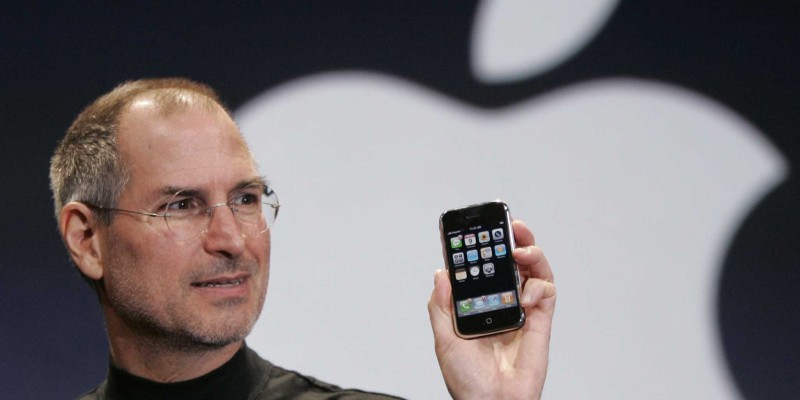Increasing Diversity
From the technium…
The diversity of the universe has been increasing since the beginning of time.
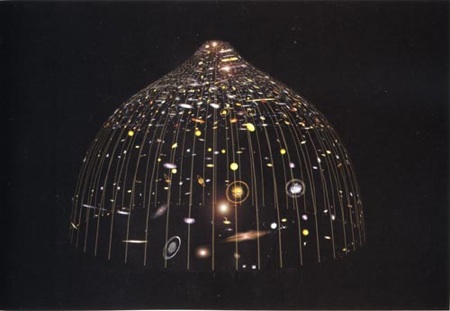 In its very first seconds the universe contained only quarks, which began to assemble into a variety of sub-atomic particles within minutes. By the end of the first hour, the universe contained dozens of types of particles but only two elements, hydrogen and helium. Over the next 300 million years drifting hydrogen and helium atoms found each other and their micro-gravities bound them together into masses of growing nebula that eventually collapsed into fiery stars. Star fusion built up the hydrogen and helium with additional particles until they emerged as dozens of new heavier elements, and so the diversity of the chemical universe increased. Eventually some “metallic” stars exploded into supernova spewing their heavy elements into space, to be swept up again over millions of years into new stars. In a kind of pumping action, these second and third round star-furnaces added yet more neutrons to metallic elements to create more varieties of heavy metals until all 100 or so varieties of stable elements were created. The increasing diversity of elements and particles also created an increasing variety of star species, galaxies types, and varieties of orbiting planets. On planets with active tectonic crusts new kinds of minerals increased in time, as geologic forces reworked and rearranged the elements into new crystals and rocks. The diversity of crystallized minerals on Earth, for instance, increased even further with advent of life.
In its very first seconds the universe contained only quarks, which began to assemble into a variety of sub-atomic particles within minutes. By the end of the first hour, the universe contained dozens of types of particles but only two elements, hydrogen and helium. Over the next 300 million years drifting hydrogen and helium atoms found each other and their micro-gravities bound them together into masses of growing nebula that eventually collapsed into fiery stars. Star fusion built up the hydrogen and helium with additional particles until they emerged as dozens of new heavier elements, and so the diversity of the chemical universe increased. Eventually some “metallic” stars exploded into supernova spewing their heavy elements into space, to be swept up again over millions of years into new stars. In a kind of pumping action, these second and third round star-furnaces added yet more neutrons to metallic elements to create more varieties of heavy metals until all 100 or so varieties of stable elements were created. The increasing diversity of elements and particles also created an increasing variety of star species, galaxies types, and varieties of orbiting planets. On planets with active tectonic crusts new kinds of minerals increased in time, as geologic forces reworked and rearranged the elements into new crystals and rocks. The diversity of crystallized minerals on Earth, for instance, increased even further with advent of life.
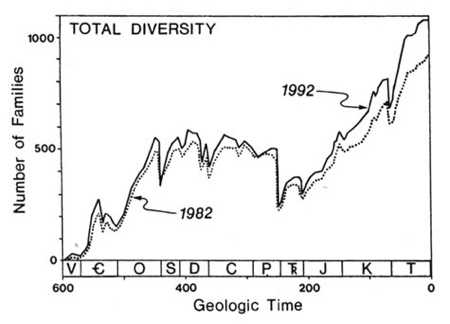
Two different studies (1982 and 1992) reveal increasing diversity in evolution of life on Earth
The invention of life greatly accelerated the diversity in the universe many fold. From a very few species 3.8 billion years ago, the number and variety of living species on Earth has increased dramatically over geological time to the 30 to 100 million now present. This rise has been uneven in several ways. At certain times in Earth’s history large-scale cosmological disruptions (such as asteroid hits) have wiped out gains in diversity. And in specific branches of life diversity sometimes did not advance very much, or even retreated. But overall, in life as a whole over geologic time, diversity has widened. In fact life’s diversity has doubled since the dinosaurian era, only 200 million years ago. The growth of biological differences, as a whole, is expanding exponentially, as this rocketing increase can be seen in vertebrates, plants and insects.
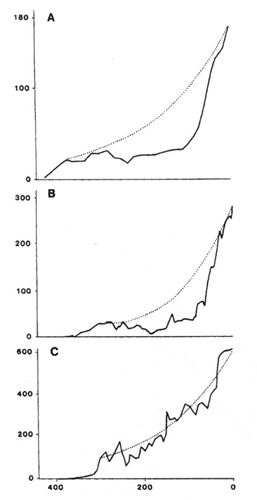
Exponential increase in diversity in (A) terrestrial plants (B) vertebrates, and (C) insects.
The trend toward diversity is further accelerated by the technium. The number of species of technology invented every year is increasing at an increasing rate. It’s difficult to precisely count the varieties of technological invention since innovations don’t have the defined borders of breeding that most living organisms do. We might count ideas, which underlie each invention. Each scientific article represents at least one new idea. The number of journal articles has exploded in the last 50 years. Each patent is also a species of idea. At last count there were 7 million patents issued in the US alone, and their total has been increasing exponentially as well. Considering that humans have named and identified only 1.6 million living species, as far as we know, the “made” now outnumber the “born” four to one.
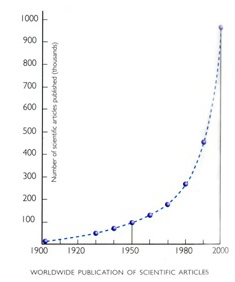
Exponential increase of scientific articles
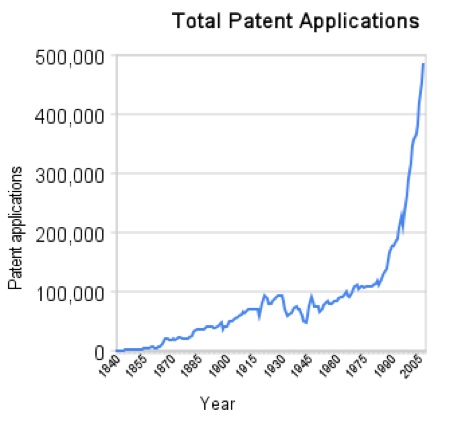
Exponential growth in US patents
We see increased diversity everywhere in the technium. Manufactured species of underwater organisms such as 70-foot submarine parallel living organisms like a blue whale. Airplanes ape birds, so to speak. Our houses are but better nests. But the technium explores niches that the born never ventured into. We know of no organisms using radio waves, yet the technium has produced hundreds of varieties of radio communicating species. While moles have been digging up earth for millions of years, two-story tunnel digging contraptions are so much larger, faster, and less daunted by solid rock than anything born that we can truly say they occupy a new niche on Earth. X-ray machines have a type of sight unknown among the living. And there is simply no biological analog to an Etch-a-Sketch, a digital watch, or a Space Shuttle, to name a few examples. Increasingly the diversity of the technium has no counterpart in biological evolution, and so the technium has truly increased diversity.
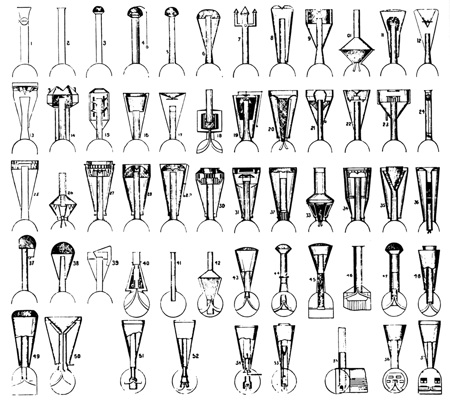
Diversity of spark catchers for train locomotive smokestacks, from The Evolution of Technology
The diversity of the technium has already surpassed our skills of recognition. There are so many varieties of things that one individual can’t name them. Cognitive researchers have discovered there are about 3,000 easily recognizable noun categories in modern life. This total includes manufactured objects and living organisms such as: elephant, airplane, palm, telephone, chair – things that are readily discernable in a flash without thinking. Researchers came up with the estimate of 3,000 based on the number of nouns listed in dictionaries, how many objects are found in the vocabulary of an average 6-year-old child, and the number of objects that a primitive expert system (20q) can recognize. They estimated there are, on average, ten named varieties for each noun category. Ten kinds of chairs, ten kinds of fish, ten kinds of phones, ten kinds of beds that ordinary people might be describe. That gives a rough estimate of 30,000 objects in most peoples lives, or at least 30,000 that they would recognize. Even when we name a form, most of the variety of life and the technium goes by us without a specific name. We may recognize a bird, but not which species of bird. We know a grass, but not which grass. We know it is a cell phone, but not what model. When pressed we can discern a chef’s knife from a Swiss Army knife from a spear point, but we may or may not be able to discern a fuel pump from a water pump.
Of course there are many more than 30,000 varieties of manufactured things in the technium, but it is fair to ask whether some of their variety is important. In biological terms the 30,000 varieties of common nouns represents a type of meta diversity called disparity. Disparity indicates a difference in basic design forms, or a basic body plan, or form type, such as “elephant” or “palm” or “chair.” The actual variety of chair, or elephant can vary in details, and this local variation is what we call diversity. Disparity increases much more slowly than diversity, and is a more significant kind of variation. One is always more impressed with a brand new kind of invention (it’s a light bulb!) rather than a variation of known invention (another spark catcher!). In biological evolution disparity can decrease (fewer new ways to make an animal) while diversity increases (more new kinds of already-invented elephants and horses).
There are branches of the technium where the diversity of technological species is dwindling; today there are fewer innovations in spark catchers, buggy whips, hand looms, and ox carts. I doubt anyone has invented a new manual butter churner in the last 50 years. (Although many people are still inventing “better” mousetraps.) Handlooms will always be around for art. Ox carts are not extinct and will probably never go extinct globally as long as oxen are born. But because oxcarts encounter no new demands, like all artifacts hovering near obsolescence, they are remarkably stable inventions, continuing over time unchanged, like horseshoe crabs. But technological backwaters like these are overwhelmed by the mind-numbing avalanche of innovation, ideas, and artifacts throughout the rest of the expanding technium.
One hardware wholesaler, McMaster-Carr, lists “over 480,000 products” in its catalog. There you can find 2,432 varieties of wood screws alone. Amazon carries 85,000 different cell phones and cell phone products. So far humans have created 500,000 different movies and about one million TV episodes. At least 10 million different songs have been recorded. The largest database of bar codes lists 2.7 million different products for sale in Europe and the US, which EAN, the issuing agency, says is “only a small fraction” of the product codes that have been issued. Multiplying that small fraction up gives a grand total of about 100 million different products in circulation.
All these quantities are rising as diversity of the technium increases over time. The number of new technological “species” in many branches of the technium – food products, media creations, consumer gadgets, tools, and material types — seem to be growing by 10% annually. That means that in 50 years, when the next generation is in middle age, there will be 12 billion different produced products for sale, including 10 million different types of cell phone-like thingies, and 1.1 billion (!) different songs to listen to. There will still be a top 40 hit song list, but the existence of 1 billion alternative songs will bend our culture.
The problem with this cornucopia of diversity and abundance is not the problem of how we can individually absorb it; even if you listened to a song only once, (or watched a movie, tried a tool) in a non-stop marathon during your waking hours for your entire life, you could not make a dent in the totality. The real problem with ultra-diversity is in not being able to grasp the whole of it, not being able to search through it, to track your navigation in this space of billions, and to (re)find the best when you summon it.
A billion songs by 2060 (how many a century later?), 12 billion products for sale in 50 years (how many in two centuries?) seem outrageously large, perhaps unlikely. Surely, compound growth doesn’t keep going. It is true that growth of all species, both made and born, follow an “s” curve as they slowly rise in numbers, then increase rapidly, and eventually taper off in a plateau, to be replaced by another species. So cell phones are unlikely to ever reach 10 million varieties simply because long before 50 years hence they will be replaced by a different device. And perhaps the format of songs, too, might peak in popularity to be replaced by some unit of music unknown to us now, just as the 90-minute movie was unknown a century ago. Nonetheless, the total diversity of these new replacements plus the peak diversity of the old yields absolutely increasing numbers of new things in the technium.
Some researchers question the economic assumptions of technological ultra diversity. How many different phone designs can a market support, even a global market? Or shoes? (Zappos carries 90,000 different shoes today. In 50 years, at current rates of diversity growth, there should be 10 million choices in shoes. Talk about a long tail!) Who would design, finance and market this diversity? One answer: prosumers drive ultra diversity. The buyers are the makers of diversity. Right now major book publishers are fighting to remain economically viable. A big-time New York book publisher may produce 200 titles per year. But Lulu, a prosumer company that enables authors to publish their own paper books is releasing 5,000 titles per week. A slew of other companies are pioneering the expansion of diversity by enabling mass customization, in which items can be personalized and customized by manufacturing means (instead of customized by hand). A small industry of long-tail mass-customization exists at the margins of the economy. Blurb makes photo books; Café Press, hats and mugs; Threadless, t-shirts; Infectious, decals; CD Baby, music CDs. Within the next 50 years personal fabricators in local shops will begin to permit individuals to create personally diversity tangible artifacts, manufactured in units of one. The world of 1 billion species of tools, 100 billion unique varieties of products is plausible.
Read on



